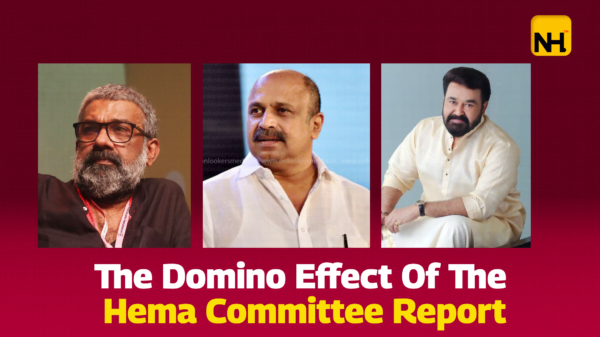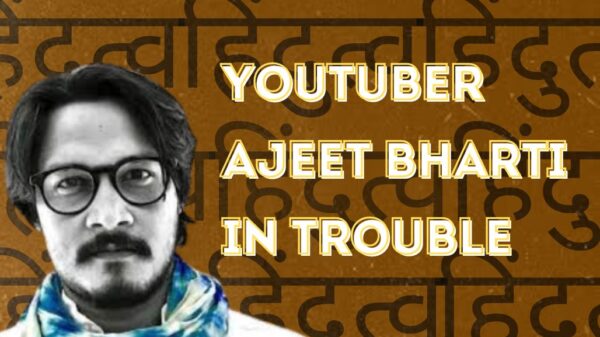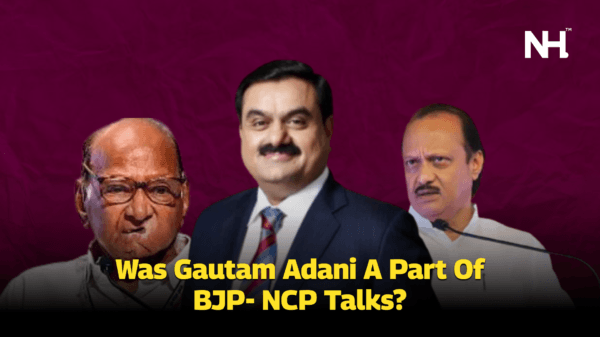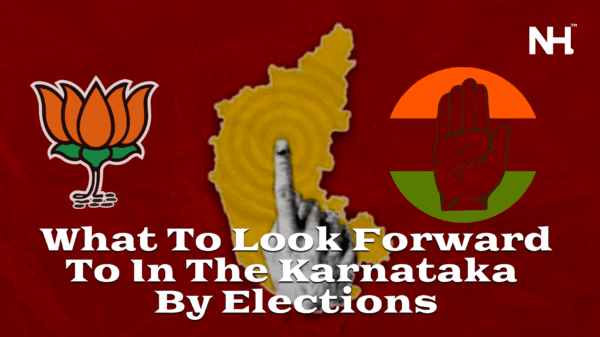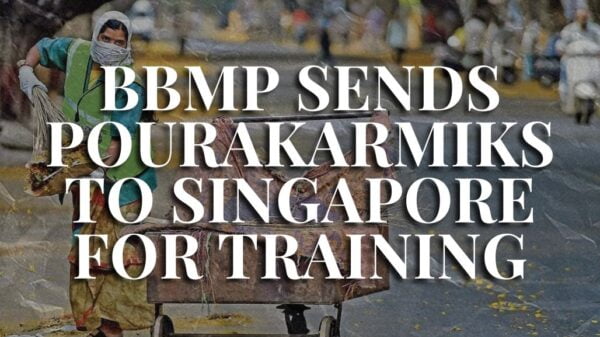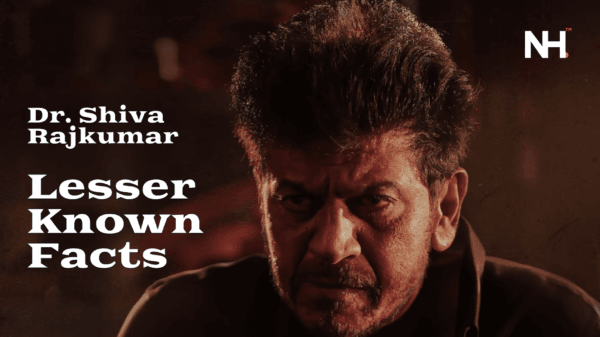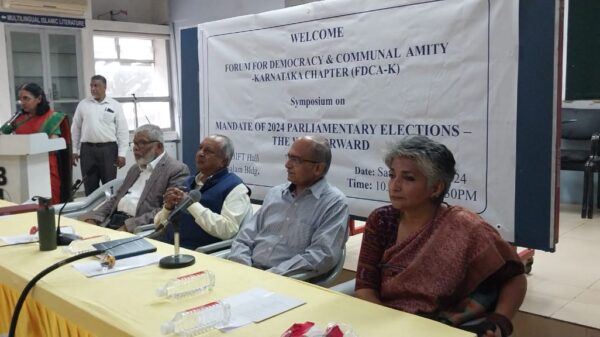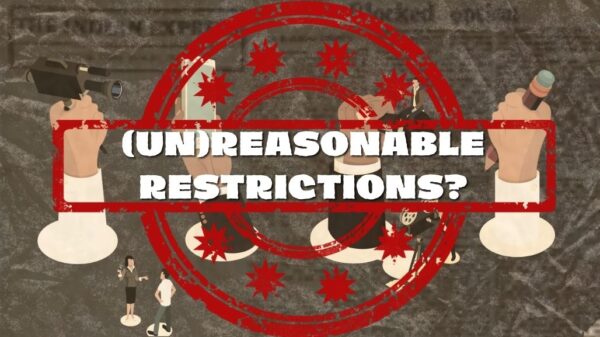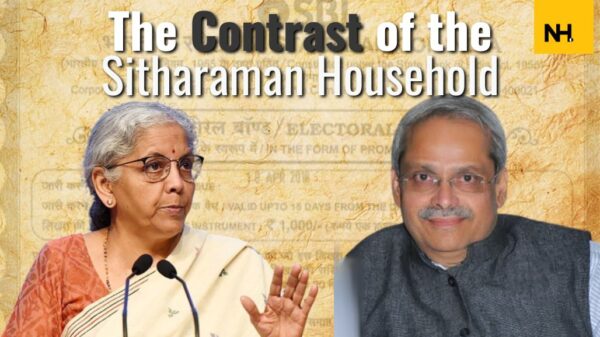“Access to health is denied primarily because of the rigid and overly laid back attitude of the system. With such an approach, public healthcare will be a failure anywhere in the world.” said the director of Banyan Organisation, Dr. Kishore Kumar
The Banyan organisation was founded in 1993 by Vandana Gopikumar and Vaishnavi Jayakumar.
.
Dr. Kishore Kumar was in a conversation with the National School of Journalism. She talked about the journey of The Banyan Organisation, and also shed light on their collaborations, projects, and challenges.
1.What is The Banyan Organisation, and what role does it play in society?
Banyan Organisation works exclusively for homeless women. It started in the year 1993 and is based in Chennai. We started an ‘Emergency Care and Recovery Centre’ to shelter and serve homeless individuals with psychological needs. Following the success of this concept, the Tamil Nadu state has planned for 15 more such centres in the state. 10 centres are already in operation today. The concept of ‘Emergency Care and Recovery Centre’ has also been emulated in Kerala and Maharashtra.
The centre includes a ‘Home Again’ centre, like those coming in here may not necessarily get a chance to get back to their homes. Functioning since 2012, ‘Home Again’ shelters 600 people, across India. It is the Indian version of community living for people with mental health problems. There are similar approaches in the West, but ours is very different. We have five women living in a house which is supported by ‘The Banyan’.
.
2. Banyan Organization is working extensively in both rural and urban settings. Does the approach change according to the demographics?
The basic essence and ingredient of care remain the same. However, the nature of challenges differs from rural to urban. For example, acceptance is difficult in urban areas as compared to rural areas. Although, we have transcended all such barriers, and are trying to uniformly implement the ideas we believe in, be it the Emergency care centre or ‘Home again’. There is an emphasis on community living, in the Mental Health Care Act. When people are looked after as a community, it results in good literation, economic productivity, and socialisation. Thus, in the planning and functioning of these programs, there is no difference according to the setting of the place.
3. The intended primary beneficiaries of your programs are women, mostly homeless women. In that case, considering that all of them may not be literate, does it add up to your challenge?
Our Focus is primarily on women because of their vulnerability and higher risk of them being affected by abuse, although we have men as patients as well. The primary goal is to help these individuals to cope up with mental health illnesses and provide them with the opportunity to choose a life for themselves. Initially, we start with some support, which is needed. However, gradually as they become a part of the community, the support is withdrawn. Technically, a person with mental health problems cannot make decisions for themselves, but we believe that they can make those decisions, providing a continuous flow of information and support. A unilateral decision regarding one’s health can’t be taken. There will be no improvement if the efforts aren’t put in from both sides. From amongst our patients, almost 70% of them have returned to their families. The rest who have no families, stay in the community instead of staying in psychiatric institutions.
4. The description of your work in Maharashtra reads ‘exit pathways out of institutionalised care for persons who have been incarcerated within mental health facilities for extended periods’. Is such a program placed only in Maharashtra? How do the problems differ according to different states?
The problems and the approach remain the same, the only location differs. We initiated a study with support from the Hans Foundation in Delhi, to understand the situation of Mental Hospital concerning the people who were admitted. We found that around 65% of the people living there had extended their stay by a year, which means that these people were continuing to stay in the hospital even when there was no need for them to stay.
Staying in the hospital brings about a phenomenon called ‘institutionalisation’ and it does not serve any purpose for acute management. These people are refrained from opportunities to work and live independently because such opportunities do not exist. Thus the focus is more on the community-driven approaches to tackle mental health issues. In the community, the rights of individuals are protected.
5. Banyan Organisation has collaborated with several groups, TATA, Hans and some State Governments. At what stage do these collaborators come into play and what is their role?
The collaborators start from day one of our work. Banyan offers a stage, technical support, and planning for a program. We also add up to the initial funds, which gradually reduce in a few years, and then the collaborators take it forward. When we started the Emergency Care and Recovery centre, we prepared a document for a uniform approach across the country, for the vulnerable population. The approach is in compliance with the Mental Healthcare Act of 2017.
6. What role does the Banyan organisation play once a patient is back to their family?
Once the person is ready to leave the community there is an evaluation on five different factors – social, illness, disability, family, and response to treatment. Considering the ‘risk’ factor, we have designed a program for every individual, called an ‘aftercare’ program. We try to take ahead this program by working with our partners, in local areas. Close to 70% of people with mental health problems require continuous care over some time.
If a person can manage on their own, they can afford to give up the medication. However, if someone has lingering problems, they require medication.
7. Could you tell us more about ‘Nalam’, your most widely recognised program.
Nalam means ‘Wellness’.It is a community-based approach to deliver mental health care. It’s an umbrella program where housing, distress, occupation, counselling, and entitlement-related interventions happen in the community. There are several social welfare programs that people don’t have access to. Nalam acts as a focal point to bring the community together. They also help the mentally challenged to know about their rights as a citizen. We use the development lens to view these problems and the mental health problems are addressed subsequently. Nalam aims to improve the quality of life of those affected by disabilities. Once the basic needs are taken care of, dealing with mental health issues becomes easy, is our hypothesis. In this model, entitlement and empowerment are exercised and the person is encouraged to live independently.
8. A report by WHO states that only 10 -12% of the people who are suffering from mental health problems reach out to help. Is the cost of therapy a reason for it, or is there some other phenomenon?
The direct cost of the therapy should not be a problem. The cost of the antipsychotic drug or antidepressant drug is affordable, besides they are available in the primary healthcare services. People don’t access the care because the proactive element does not exist. In India, stigma and discrimination are attached to the mental health care beneficiaries, in such a case, the system has to reach out to the people.
That is what we follow in the ‘Nalam’ model. The volunteers reach out to the victims and understand their needs. Besides taking care of the mental health problems, the ‘Nalam’ model also strives to solve the citizenry issues of these people. The existing system should comprehensively look at these issues, but it doesn’t. Access to health is denied primarily because of the rigid and overly laid-back attitude of the system. With such an approach, public healthcare will be a failure anywhere in the world.
9. In India, there has been a tradition of taking the people suffering from mental health illnesses to religious centres rather than professional clinicians. How do you tackle such thinking?
We do support the ‘Dawa-Dua’ side of the program. It is deeply rooted in our culture. We also have an Emergency care recovery centre located in a religious place. It is important to respect such thoughts because the beliefs of people cannot be changed. However, these beliefs need to be coupled with scientific and professional approaches to treatment as well. The coalition of these two aspects can bring about much better results, than any stand-alone model.
10. COVID 19 pandemic affected a number of businesses. The wrath of this was especially felt by the Non profit organisations. How was the Banyan Organisation affected by the same?
Our funding got affected, the donations and volunteering were reduced. However, things seem to be changing for good, lately. Although we will also need to explore newer models of revenue generation. We can’t just depend on charity and philanthropy. The virus is not going away anytime soon, by immunization though, we can reduce the risk of infection.





